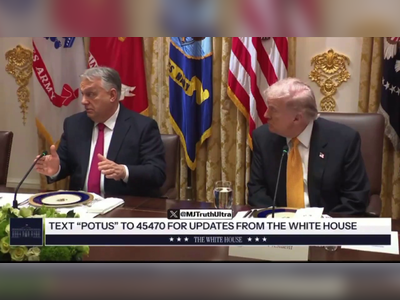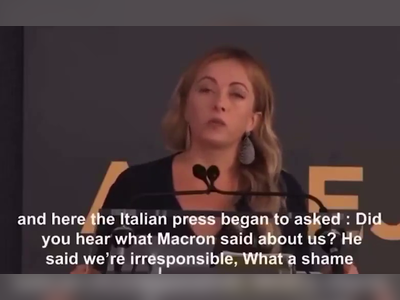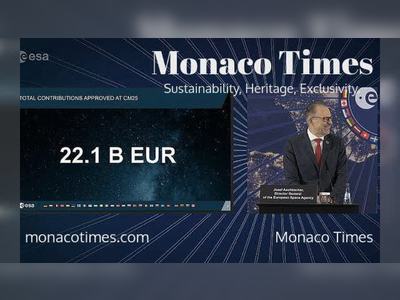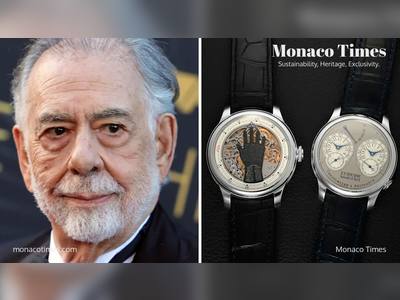The Evolving Landscape of the Art Market: Insights from Experts
An examination of key considerations for acquiring art, the role of social media, and market trends.
The global art market has witnessed significant changes in recent years, influenced by various factors including technological advancements and shifting consumer behaviors.
As collectors navigate this evolving landscape, several key points emerge regarding the acquisition of artworks, the impact of social media on art transactions, and current trends within the market.
Potential art buyers are advised to consider several crucial elements before making purchases.
First, understanding the provenance of an artwork remains essential.
Provenance provides a documented history of ownership that can significantly affect an artwork's value.
Buyers are encouraged to conduct thorough research on the background of a piece and confirm its authenticity.
The role of social media in the art market has expanded dramatically, with platforms enabling greater accessibility to both emerging and established artists.
Artists can now showcase their work to a global audience, which often leads to heightened visibility and market interest.
Social media also offers collectors and investors a means to engage with the art community, facilitating discussions and trends that can impact purchasing decisions.
Market trends indicate a growing preference for online purchasing, accelerated by the COVID-19 pandemic, which forced many traditional galleries and auction houses to adopt digital solutions.
Online auctions have surged in popularity, allowing bidding from a wider audience and providing a new revenue stream for sellers.
This shift has been complemented by an increase in online galleries and marketplaces that cater to varied tastes and price points.
Many experts highlight the importance of transparency in pricing within this evolving context.
This is particularly relevant for new collectors who may be unfamiliar with standard market valuations.
Clear pricing strategies, including the use of digital records and listings, aim to create a more equitable environment for buyers and sellers alike.
Furthermore, the rise of investment in art as an asset class has attracted the attention of various investors, including those from the tech sector.
This has led to discussions surrounding the financial implications of art acquisition, as artworks are increasingly viewed not only as cultural items but also as viable investments.
Overall, the art market's dynamics are shifting rapidly, shaped by the confluence of technology, social media, and the ongoing global economic landscape.
As collectors, investors, and artists adapt to these changes, the future of art acquisition and appreciation continues to evolve.
As collectors navigate this evolving landscape, several key points emerge regarding the acquisition of artworks, the impact of social media on art transactions, and current trends within the market.
Potential art buyers are advised to consider several crucial elements before making purchases.
First, understanding the provenance of an artwork remains essential.
Provenance provides a documented history of ownership that can significantly affect an artwork's value.
Buyers are encouraged to conduct thorough research on the background of a piece and confirm its authenticity.
The role of social media in the art market has expanded dramatically, with platforms enabling greater accessibility to both emerging and established artists.
Artists can now showcase their work to a global audience, which often leads to heightened visibility and market interest.
Social media also offers collectors and investors a means to engage with the art community, facilitating discussions and trends that can impact purchasing decisions.
Market trends indicate a growing preference for online purchasing, accelerated by the COVID-19 pandemic, which forced many traditional galleries and auction houses to adopt digital solutions.
Online auctions have surged in popularity, allowing bidding from a wider audience and providing a new revenue stream for sellers.
This shift has been complemented by an increase in online galleries and marketplaces that cater to varied tastes and price points.
Many experts highlight the importance of transparency in pricing within this evolving context.
This is particularly relevant for new collectors who may be unfamiliar with standard market valuations.
Clear pricing strategies, including the use of digital records and listings, aim to create a more equitable environment for buyers and sellers alike.
Furthermore, the rise of investment in art as an asset class has attracted the attention of various investors, including those from the tech sector.
This has led to discussions surrounding the financial implications of art acquisition, as artworks are increasingly viewed not only as cultural items but also as viable investments.
Overall, the art market's dynamics are shifting rapidly, shaped by the confluence of technology, social media, and the ongoing global economic landscape.
As collectors, investors, and artists adapt to these changes, the future of art acquisition and appreciation continues to evolve.









